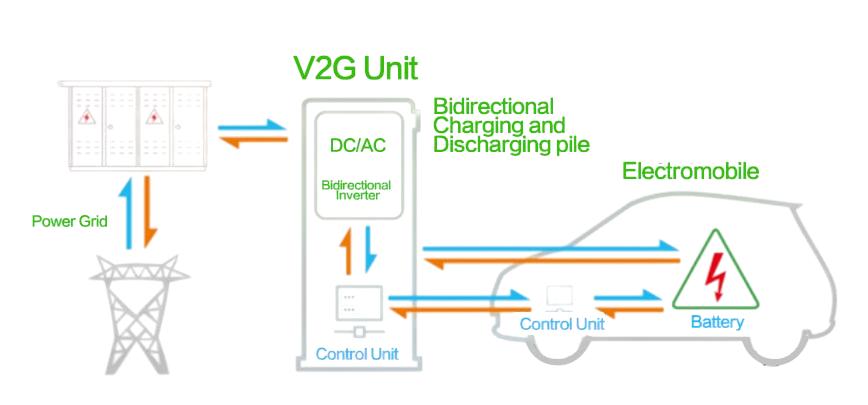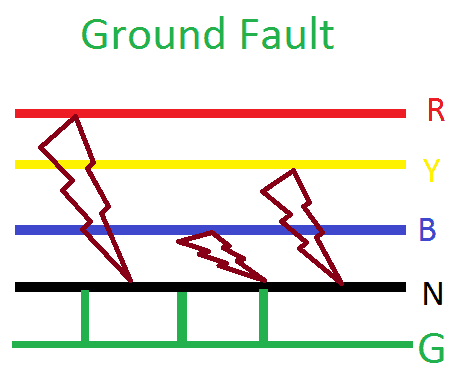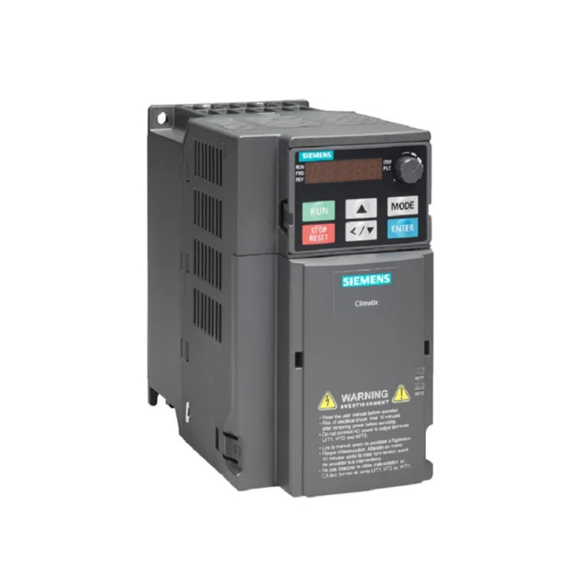The main valve positioner function is to convert the control signal (usually an electrical signal) into a pneumatic signal and adjust the output air pressure of the pneumatic actuator based on the displacement feedback signal of the valve stem. This article will introduce the valve positioner function from Signal Reception, Valve Stem Monitoring, Air Pressure Adjustment, Overcoming Resistance, Precise Control, Eliminating Dead Time, Enhanced Safety, and Compatibility.

1. Signal reception

The primary function of a valve positioner is to receive signals from the control system. These signals are usually current signals (such as 4-20mA) or voltage signals (such as 0-10V). The control system uses these signals to communicate the target position that the valve needs to reach. After the positioner receives the signal, it converts it into a command that can drive the actuator to adjust the position of the valve. This function of signal reception and conversion makes the valve positioner an important part of the automated control system, which can accurately execute the system’s control instructions.
2. Valve stem monitoring
The valve positioner ensures that the valve is in the correct position by monitoring the position of the valve stem in real time. The positioner has a built-in sensor that continuously tracks the movement of the valve stem. When the valve stem position does not match the target position, the positioner will send a correction signal to adjust the valve opening. This function ensures that the valve can accurately respond to instructions from the control system and provides continuous feedback to ensure control accuracy and reliability. Through this real-time monitoring, the positioner can also detect possible malfunctions or abnormalities in the valve, thereby sending out alarm signals in time.

3. Air pressure adjustment
In order to achieve precise control of the valve, the valve positioner adjusts the air pressure entering the actuator according to the control signal received. The pneumatic module in the positioner can accurately adjust the air pressure to adapt to the current required position change of the valve. By adjusting the air pressure, the positioner can control the opening of the valve, thereby accurately regulating the flow of fluid. This air pressure adjustment function is especially suitable for pneumatic valves. Through fine air pressure control, high-precision flow adjustment can be achieved to meet the needs of complex process flows.

4. Precise control
Valve positioners provide very precise control of valve position. Modern positioners use advanced control algorithms and high-precision sensors to control the valve’s position error within a very small range. This is particularly important in process control, as precise valve control can ensure the stability of process parameters, thereby improving product quality and production efficiency. For example, in chemical production, by accurately controlling the fluid flow in the reactor, reaction conditions can be stabilized and reaction efficiency and product purity can be improved.
5. Eliminate dead time
Dead time refers to the time delay from when the control signal is sent to the actual action of the valve. A valve positioner can effectively eliminate or reduce this time delay by continuously monitoring and adjusting the valve position. The positioner can quickly respond to the control signal and adjust the valve position to quickly reach the target position. By reducing dead time, the positioner can improve the system’s response speed and control accuracy, thereby enhancing the dynamic performance of the entire automation system. For example, in a rapidly changing process, reducing dead time can significantly improve system stability and production efficiency.
6. Enhanced Safety

By accurately controlling valve position and responding quickly to control signals, valve positioners can significantly improve system safety. In the event of an emergency, the positioner can quickly respond to the emergency instructions of the control system and adjust the valve to a safe position to prevent accidents. For example, in a chemical plant, if a dangerous gas leak is detected, the positioner can immediately close the relevant valves to prevent further expansion of the leak and protect the safety of personnel and equipment. In addition, the positioner can also monitor the status of the valve and the working condition of the actuator in real-time, detect potential faults and risks in time, and take preventive measures in advance.
7. Compatibility
Modern valve positioners are designed to be compatible with a variety of control systems and valve types. Whether it is a pneumatic, hydraulic or electric actuator, the valve positioner can adapt to different control needs. The positioner has a variety of input signal interfaces and communication protocols and can be seamlessly integrated with various control systems, such as DCS (distributed control system) and PLC (programmable logic controller) systems. Through this broad compatibility, the valve positioner can be used in different industrial environments to provide reliable operating performance. For example, in the oil and gas industry, positioners can adapt to different types of valves and control systems to meet complex process control requirements.

In summary, the valve positioner achieves precise control of the valve, eliminates dead time, enhances system safety, and has broad compatibility by receiving control signals, monitoring the valve stem position, adjusting air pressure and other functions. It is an important part of the industrial process. Important equipment in control.






